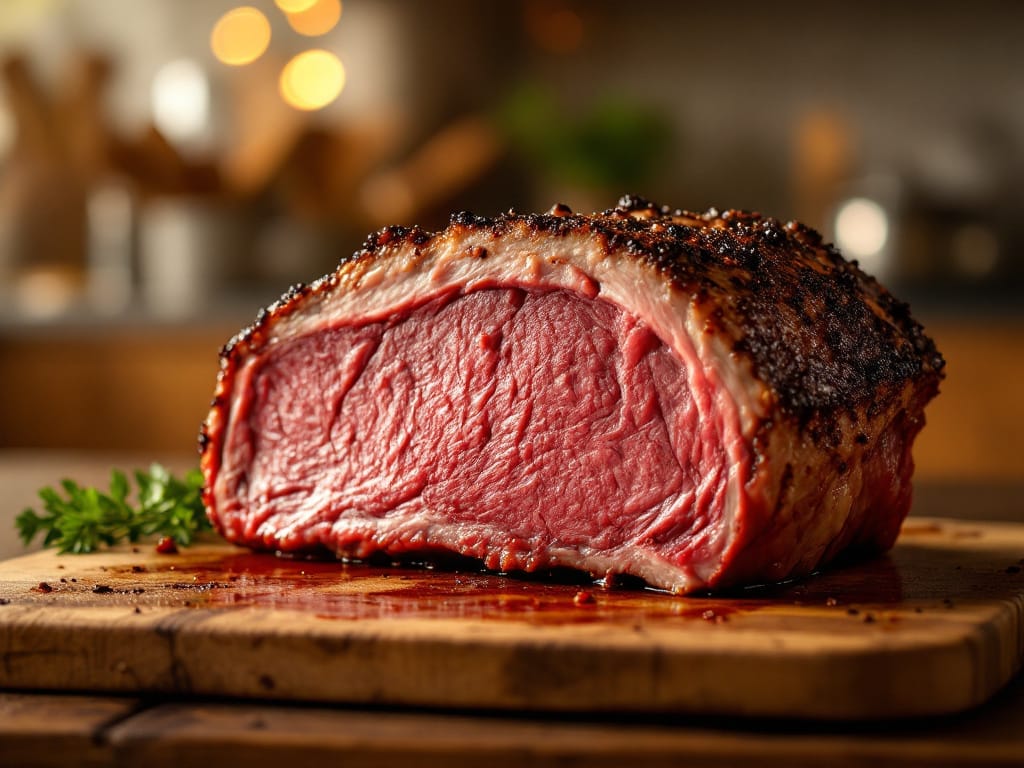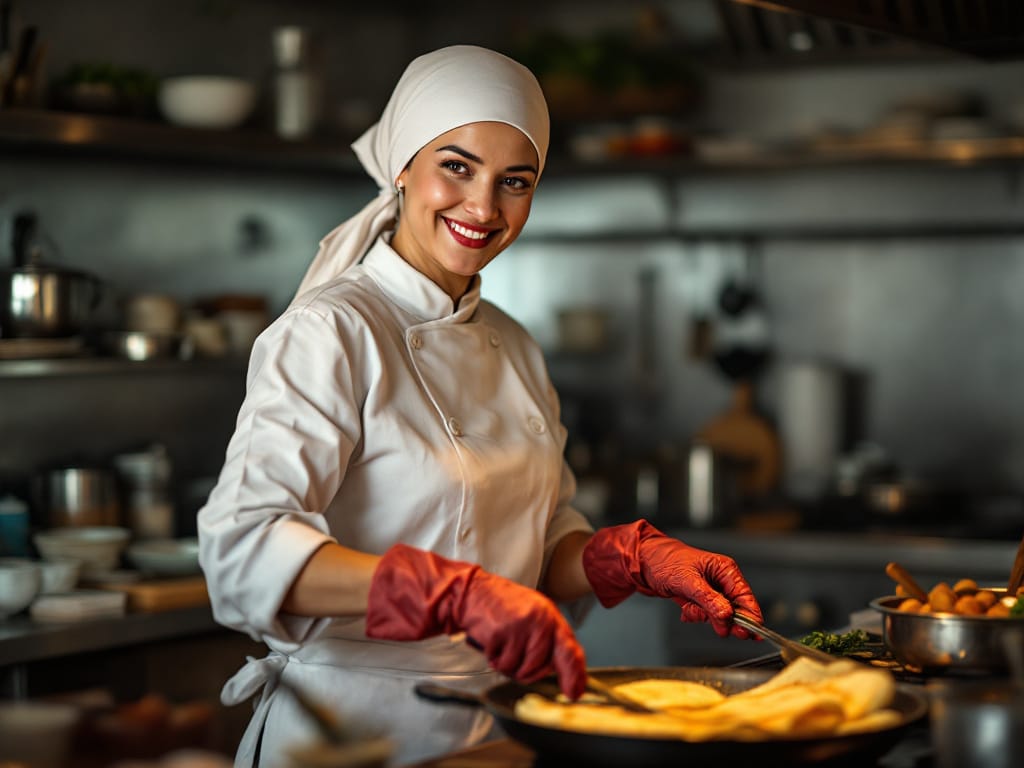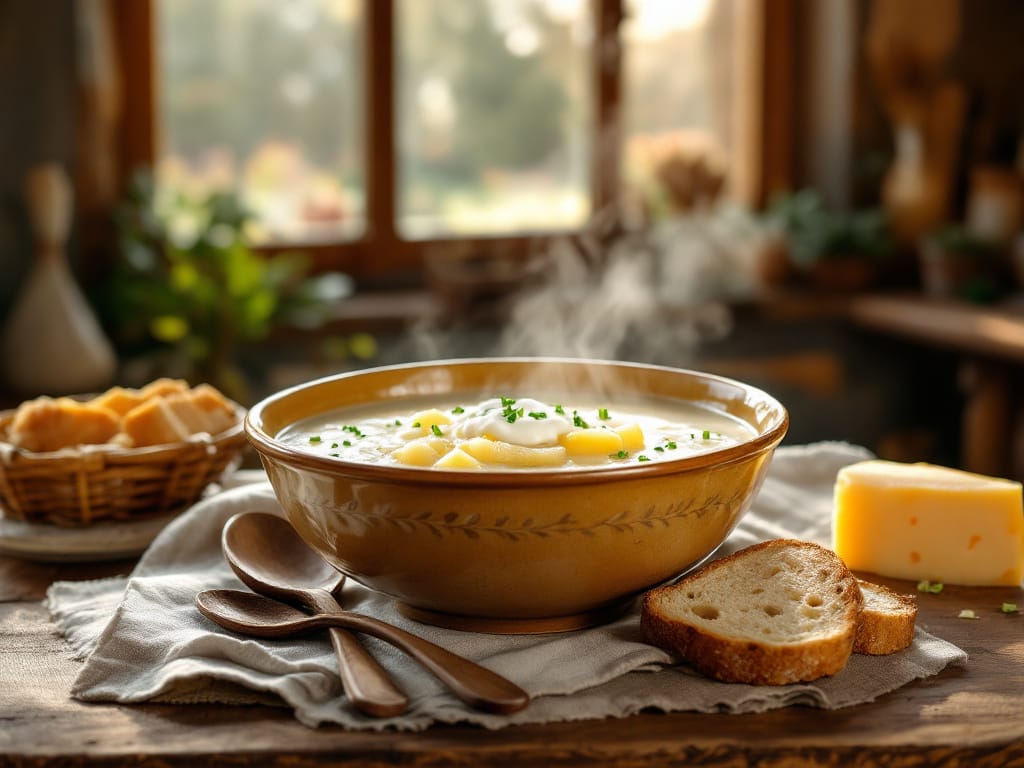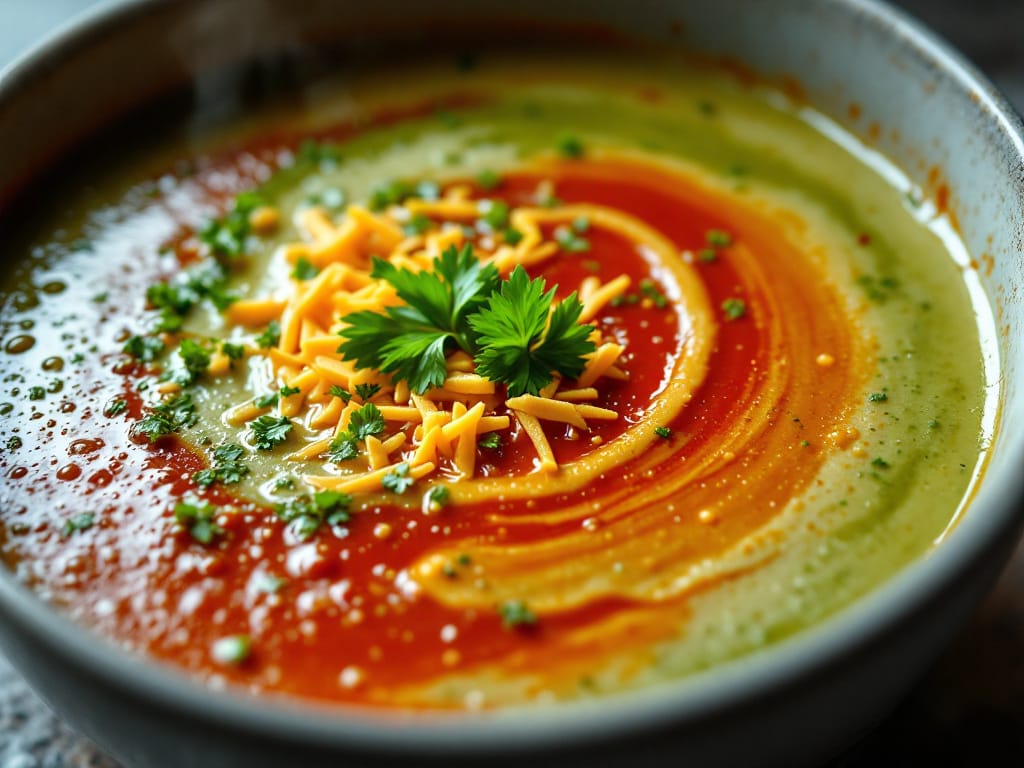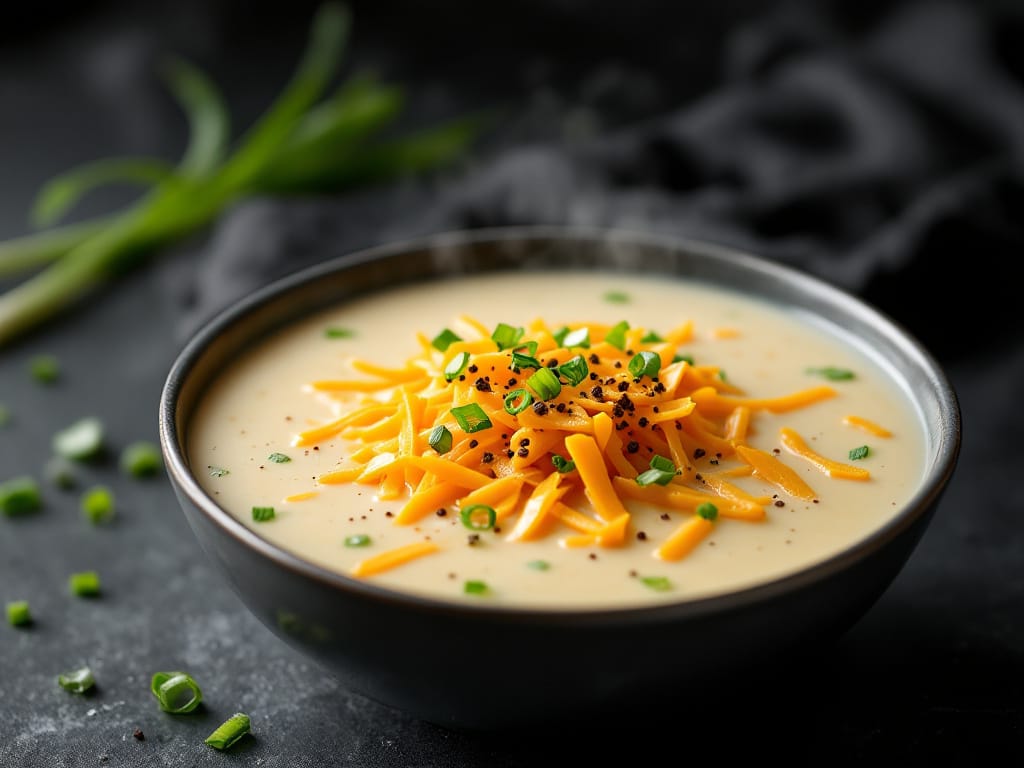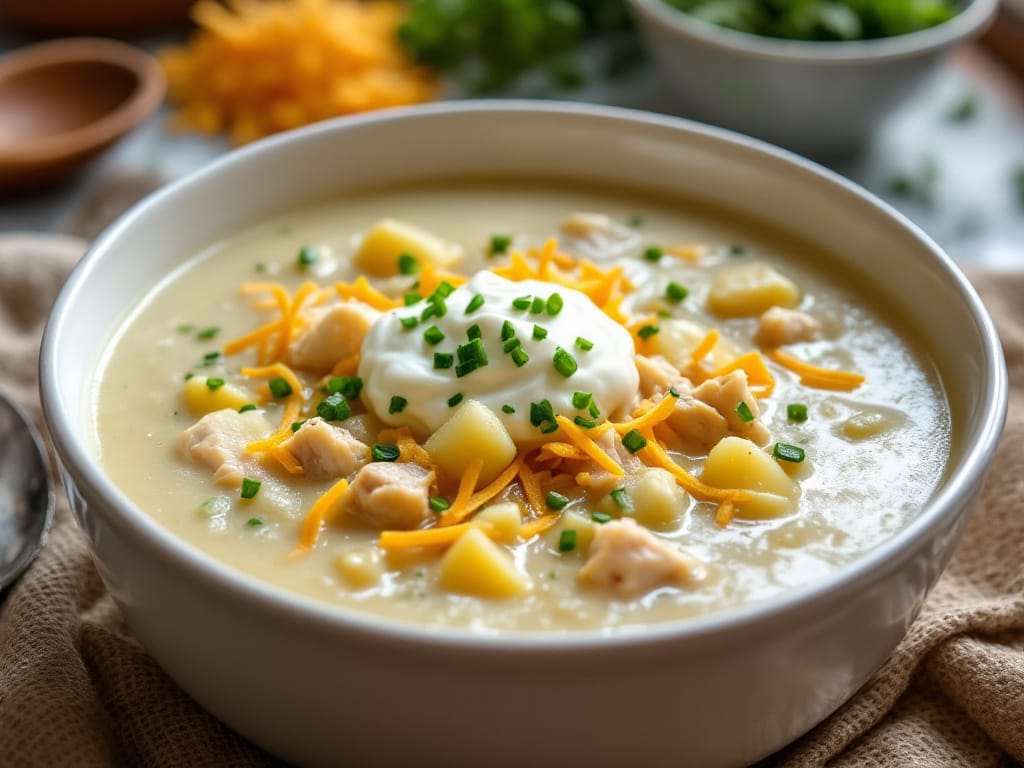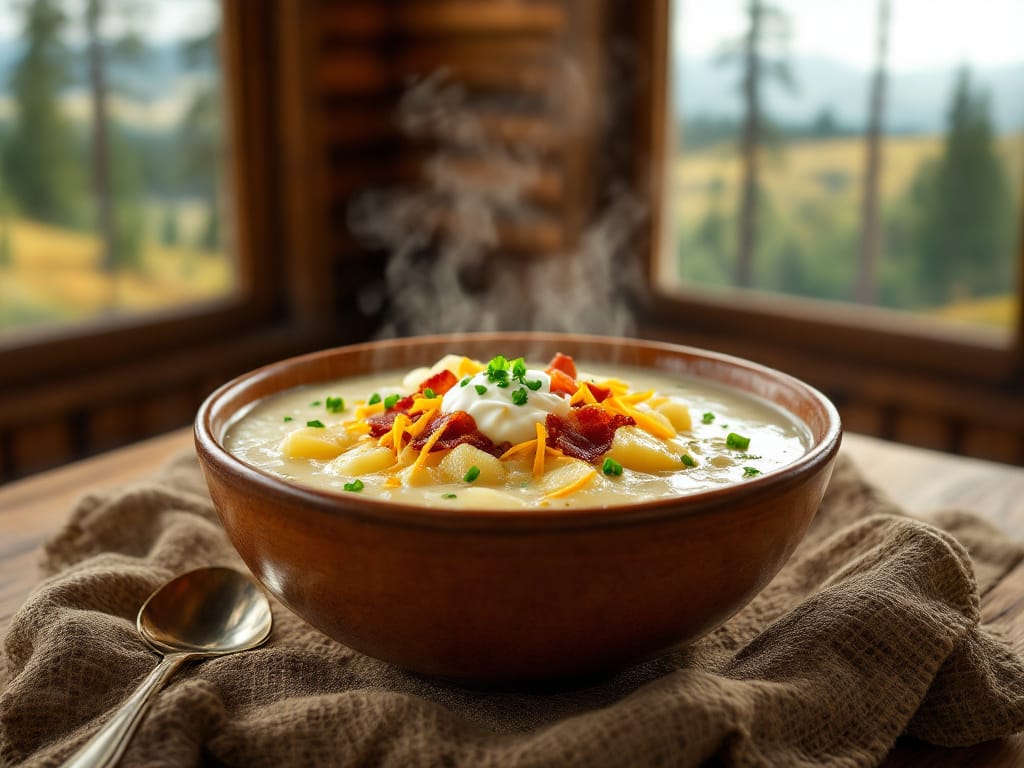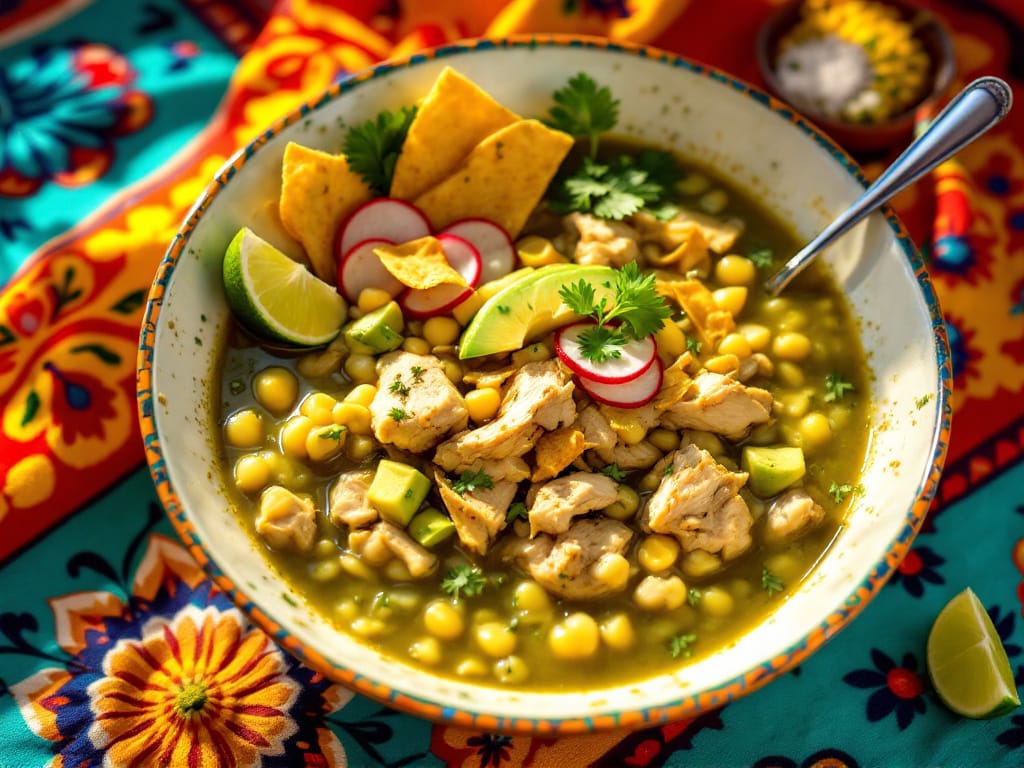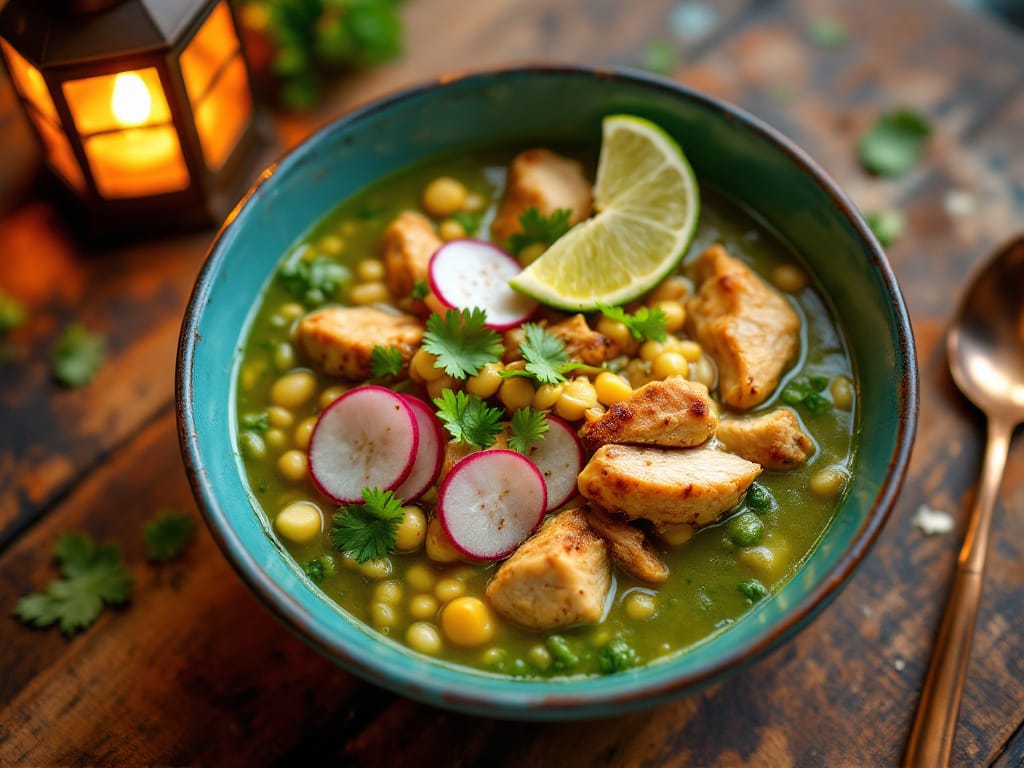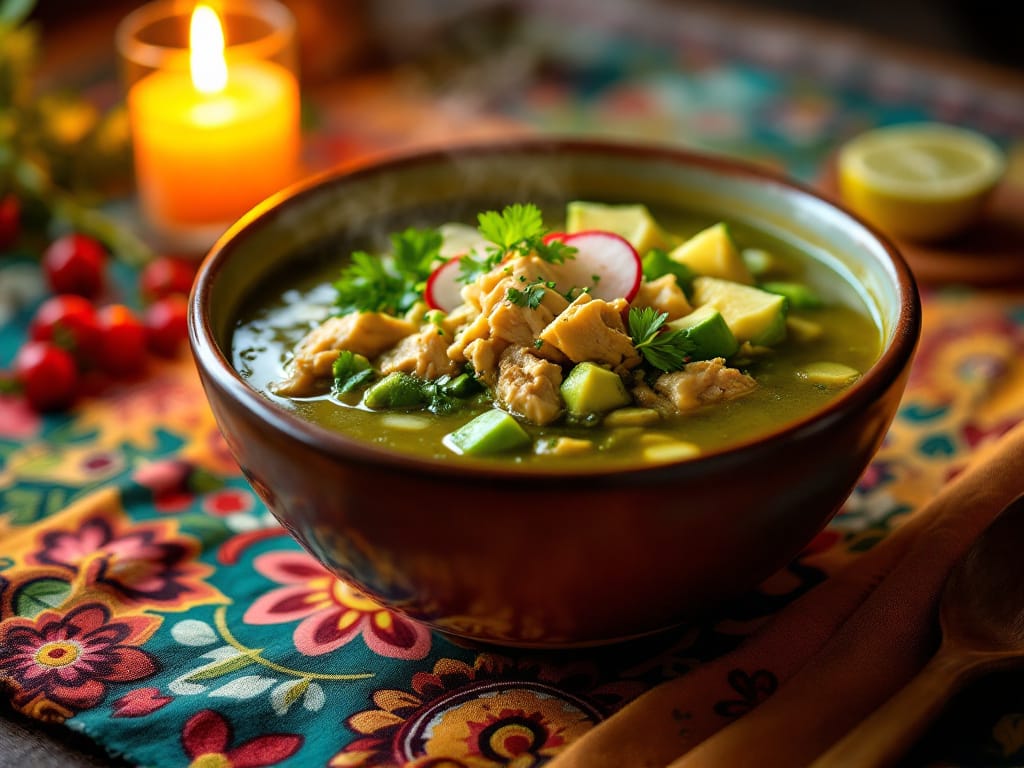When it comes to cooking prime rib, timing is everything. This succulent cut of beef is often the centerpiece of special occasions, and no one wants to mess it up. But how do you determine how long does it take for a prime rib roast? The answer depends on factors like the size of the roast, cooking method, and desired doneness. This guide will walk you through everything you need to know about timing your roast perfectly.
Understanding Prime Rib Roast Cooking Times
Factors That Affect Cooking Time
The time it takes to cook a prime rib roast isn’t a one-size-fits-all situation. Several factors come into play, including:
- Weight and Size of the Roast: Larger roasts naturally take longer to cook, with more time needed for the heat to penetrate the center.
- Bone-In vs. Boneless: Bone-in roasts may take slightly longer because the bone acts as an insulator, slowing the cooking process.
- Desired Doneness: Whether you prefer rare, medium-rare, or medium, your target internal temperature will determine the cooking time.
Understanding these factors ensures you don’t overcook or undercook your roast, which can quickly ruin an otherwise impressive dish.
Importance of Internal Temperature Over Time
While knowing how long does it take for a prime rib roast is helpful, focusing on internal temperature is even more crucial. Cooking times are only guidelines because ovens can vary, but a meat thermometer gives you precise control.
- For rare: 120–125°F
- For medium-rare: 130–135°F
- For medium: 140–145°F
Checking the internal temperature at regular intervals ensures your roast reaches your desired level of doneness without overcooking. A thermometer is truly a game-changer when it comes to nailing the perfect roast.
Slow-Roasting Method: How Long It Takes
The slow-roasting method is a favorite for achieving tender, evenly cooked prime rib. Using a low oven temperature of about 200°F, this method allows the heat to penetrate gradually, ensuring consistent doneness from edge to center.
- Timing: Slow roasting typically takes around 30 minutes per pound. For instance, a 6-pound roast would need about 3 hours to cook.
- Advantages: This method results in a buttery, melt-in-your-mouth texture, making it perfect for gatherings where quality is paramount.
While slow roasting takes longer, its precision makes it ideal when you’re aiming to impress.
Fast-Roasting Method: Speed vs. Precision
The fast-roasting method involves cooking at a higher temperature, usually around 450°F. This technique creates a crispy, caramelized crust, locking in the juices. However, it requires more attention to avoid overcooking the center.
- Timing: Fast roasting takes approximately 15–20 minutes per pound. A 6-pound roast could be done in 1.5–2 hours.
- Challenges: High heat can cause uneven cooking, especially in larger cuts. Using a meat thermometer is crucial to monitor the internal temperature.
This method is ideal for smaller roasts or when time is tight.
Sous Vide: A Unique Time-Saving Option
Sous vide is a modern cooking technique that offers both precision and convenience. Vacuum-sealed and cooked in a water bath, the prime rib can stay at a set temperature for hours without overcooking.
- Timing: Sous vide typically requires 4–6 hours at 131°F for medium-rare doneness.
- Benefits: Sous vide eliminates guesswork and ensures even cooking, making it a foolproof option for any skill level.
Each method offers a different answer to how long does it take for a prime rib roast, allowing you to choose based on your preferences.
A Step-by-Step Guide to Timing Your Roast
Preparation Time: Before Cooking
Preparing your prime rib roast properly is crucial for ensuring success. Here’s what you need to account for:
- Thawing and Bringing to Room Temperature: If your roast is frozen, it will take 24–48 hours to thaw in the fridge. Before cooking, allow it to sit at room temperature for 4–6 hours to ensure even cooking.
- Dry Brining: For enhanced flavor, season your roast with salt and let it sit uncovered in the fridge for 24–48 hours. This step enhances both the texture and taste of your meat.
Factoring in these steps can add significant time but is well worth the effort.
Resting Time: After Cooking
Resting your prime rib is an often-overlooked but vital step. After removing the roast from the oven, allow it to rest for 15–30 minutes.
- Why Resting Matters: This process allows the juices to redistribute throughout the meat, ensuring every bite is juicy and flavorful.
- Impact on Timing: While it extends your total cooking timeline, resting prevents dry, disappointing results.
By accounting for both preparation and resting time, you can plan better and deliver a perfect roast.
For more insights into cooking techniques, check out other related articles at Easy Savory Recipes.
Common Timing Mistakes and How to Avoid Them
Overcooking or Undercooking
One of the biggest challenges with cooking prime rib is avoiding overcooking or undercooking the meat. Misjudging how long does it take for a prime rib roast can leave you with a dry or too-rare result. Here’s how to steer clear of these pitfalls:
- Use a Meat Thermometer: Always rely on a thermometer rather than guessing based on time alone.
- Monitor the Oven: Ovens can vary in performance, so check your roast’s progress periodically without opening the door too often, as this can lower the oven temperature.
By closely monitoring temperature and timing, you can achieve perfect results, even if it’s your first time cooking prime rib.
Skipping Resting Periods
Resting your roast after cooking is non-negotiable. Without this step, juices won’t redistribute, leading to a dry and unevenly flavored meal.
- Why It’s Important: Resting allows the roast to finish cooking from residual heat, balancing the texture and taste.
- How Long to Rest: Plan for 15–30 minutes of resting time, depending on the roast size.
Rushing the resting period is a common mistake that’s easily avoided with a bit of patience.
FAQs About Cooking Times for Prime Rib Roast
Is Prime Rib Better Cooked Slow or Fast?
The answer depends on your preferences and time constraints. Slow cooking results in a tender and evenly cooked roast, while fast roasting creates a bold crust with a juicy center. Each method offers unique benefits, so choosing the best method depends on your priorities.
What is the Secret of Cooking a Prime Rib Roast?
The secret lies in preparation, precision, and patience. Choose a well-marbled roast, season it generously, and monitor the internal temperature closely. Don’t forget to rest the meat after cooking to lock in the juices.
How Long Does It Take for a Prime Rib Roast?
On average, it takes 30 minutes per pound for slow roasting at 200°F and about 15–20 minutes per pound for fast roasting at 450°F. However, always prioritize the internal temperature over cooking time to achieve your desired doneness.
What is the 500 Rule for Prime Rib?
The 500 Rule is a quick method for cooking prime rib. Cook the roast at 500°F for 5 minutes per pound, then turn off the oven and let it sit inside for 2 hours. This approach creates a flavorful crust while the internal heat finishes cooking the roast evenly.
For more detailed guides and cooking tips, explore related recipes on Easy Savory Recipes.
Final Thoughts and Timing Tips
Summary of Cooking Times by Method
When it comes to determining how long does it take for a prime rib roast, the method you choose makes all the difference. Slow roasting is ideal for even doneness and tenderness, typically taking about 30 minutes per pound at 200°F. On the other hand, fast roasting can save time, requiring only 15–20 minutes per pound at 450°F but with greater attention to detail.
Sous vide offers a unique, modern option, requiring 4–6 hours for perfect precision. Each approach has its pros and cons, so the best choice depends on your schedule, preferred texture, and desired flavor.
Final Recommendations for Perfect Timing
Regardless of the method you choose, preparation and precision are the keys to success:
- Start Early: Account for preparation, cooking, and resting time in your schedule.
- Use a Thermometer: Never rely solely on the clock—internal temperature is the ultimate guide.
- Plan for Resting Time: Letting your roast rest for 15–30 minutes ensures juicy, tender results.
By combining careful planning with a solid understanding of cooking times, you can confidently serve a showstopping prime rib every time.
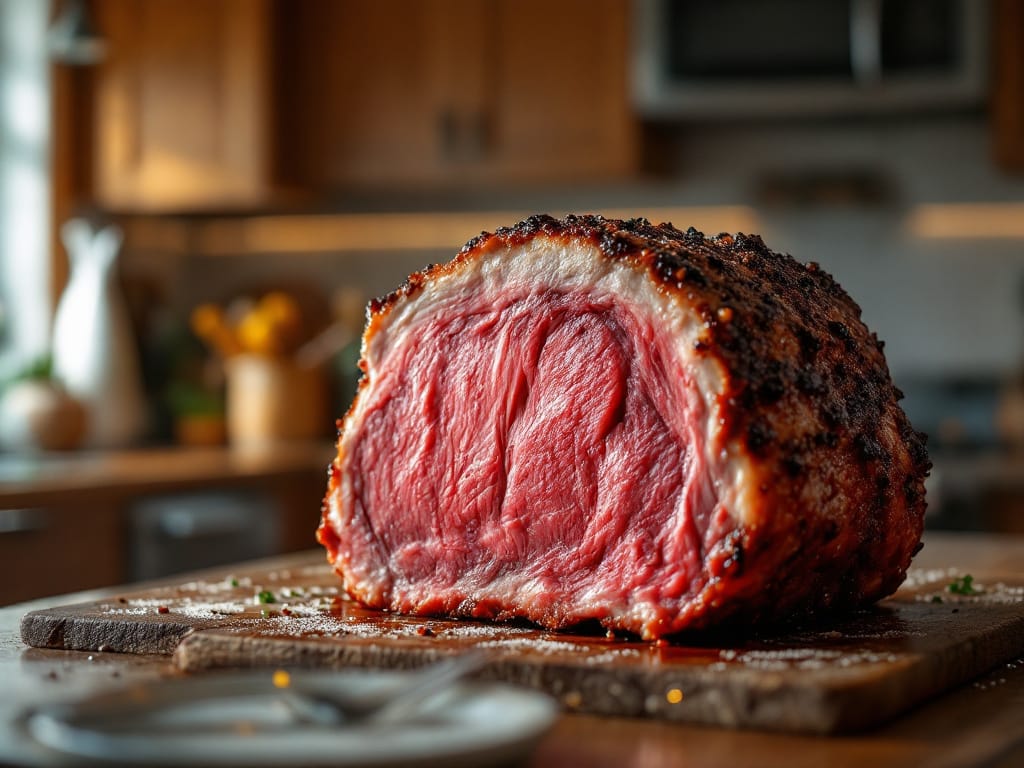
Additional Tips for Cooking Prime Rib
Pairing Prime Rib with Side Dishes
While timing the roast is critical, don’t forget to complement it with the right side dishes. Classic sides like mashed potatoes, roasted vegetables, and Yorkshire pudding not only enhance the meal but also balance the richness of the beef. For a modern twist, consider garlic butter green beans or a fresh quinoa salad to add a refreshing contrast.
Serving Suggestions
Once you’ve perfected your timing, presentation is the final touch:
- Carve Carefully: Use a sharp knife to create even slices that showcase the meat’s texture.
- Garnish Thoughtfully: Fresh herbs like rosemary or thyme can add a pop of color and aroma.
- Keep it Warm: If serving a crowd, keep your slices warm by tenting them with foil while finishing the sides.
For more ideas and inspiration on creating the perfect meal, visit Easy Savory Recipes.
The Role of Tools in Prime Rib Timing
Essential Tools for Accurate Timing
When deciding how long does it take for a prime rib roast, having the right tools can make all the difference. These tools help ensure your roast is cooked to perfection, no matter the method:
- Meat Thermometer: A reliable thermometer is your best friend. It eliminates guesswork by providing an accurate internal temperature reading.
- Roasting Pan with Rack: Elevating the roast allows even heat distribution, reducing cooking time inconsistencies.
- Sharp Carving Knife: Proper slicing ensures your hard work is presented beautifully and enhances the dining experience.
Investing in these tools not only simplifies the cooking process but also boosts your confidence, ensuring consistent results.
Why Tools Matter
Using the wrong tools can lead to uneven cooking, underdone centers, or overcooked edges. A thermometer ensures the internal temperature is perfect, while a roasting rack prevents soggy bottoms. These tools may seem basic, but they’re indispensable when timing your prime rib correctly.
Customizing Cooking Times Based on Preferences
Adjusting Timing for Doneness
The beauty of cooking prime rib is that it can be tailored to different preferences. The question how long does it take for a prime rib roast depends on whether you prefer rare, medium-rare, or medium doneness.
- Rare: Aim for an internal temperature of 120–125°F. This typically takes 25–30 minutes per pound at 200°F for slow roasting.
- Medium-Rare: The sweet spot for most people, medium-rare requires 30 minutes per pound for slow roasting or about 20 minutes per pound at 450°F for fast roasting.
- Medium: For a slightly firmer texture, cook to 140–145°F. Add an extra 5 minutes per pound for this level of doneness.
Adapting to Different Methods
Your cooking method will also influence the timing. For example, sous vide offers unparalleled control over doneness but takes longer overall. Fast roasting is quick but requires more precision to avoid overcooking. Understanding these nuances allows you to adjust timing to match your desired results.
For more cooking tips and prime rib inspiration, visit Easy Savory Recipes.

